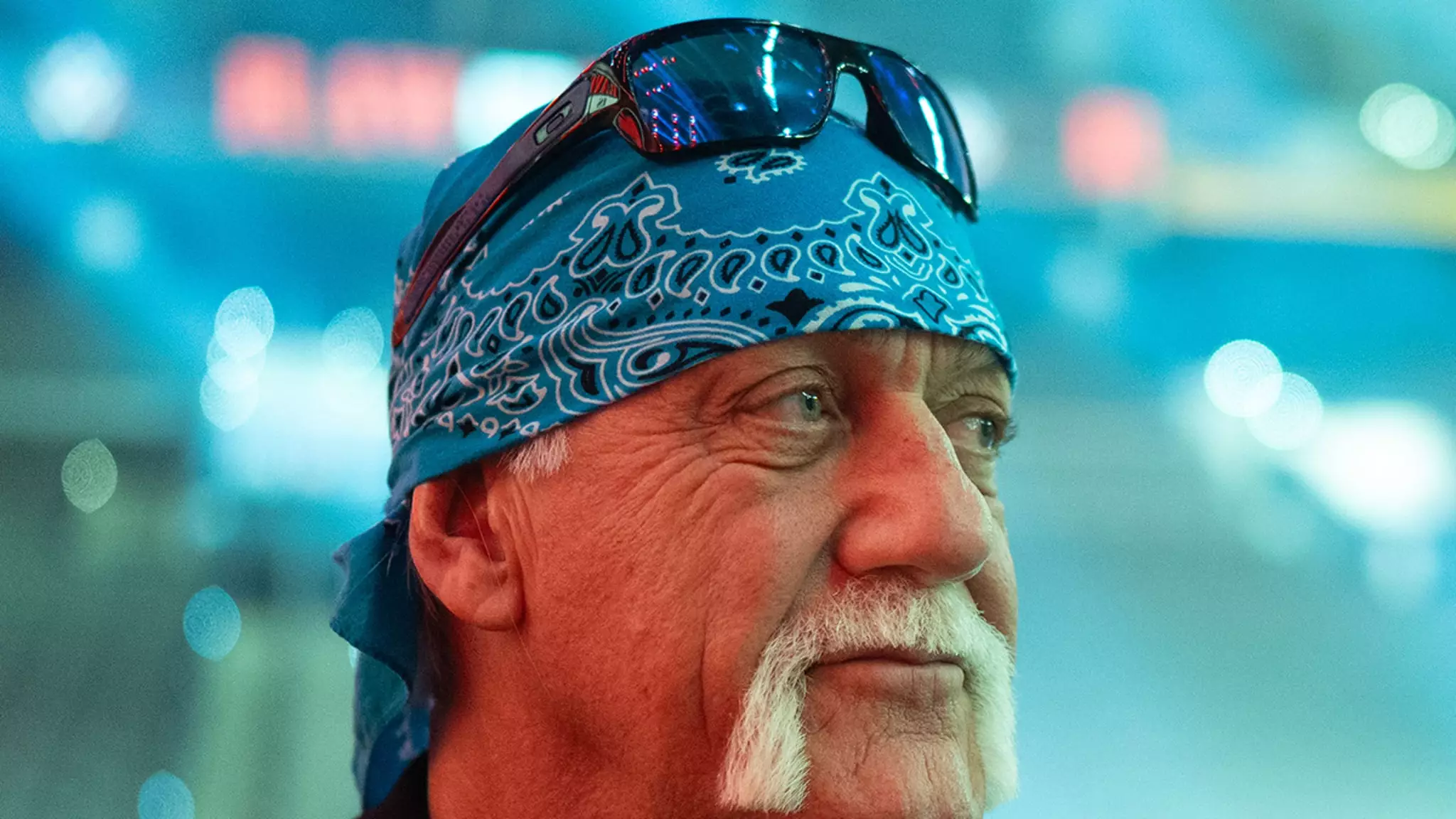Hulk Hogan, a legend whose name has long symbolized strength and resilience in the world of professional wrestling, has unexpectedly passed away, shrouding his death in complexity and controversy. Official statements from the police acknowledge an ongoing investigation, yet the limited information they have released leaves much to the imagination. The tentative nature of these disclosures raises essential questions about the circumstances of his demise, particularly regarding allegations of medical malpractice that have emerged from close sources. In examining the available details, it becomes evident that this case is not merely a tragic loss but potentially a glaring example of medical negligence that demands scrutiny.
A crucial element fueling suspicion is the claim that Hogan’s phrenic nerve was compromised during recent medical procedures. The phrenic nerve’s vital role in controlling the diaphragm underscores the gravity of such an injury—its severance could directly impair breathing, possibly leading to a catastrophic failure like suffocation. The fact that the law enforcement report highlights a conversation suggesting Hogan’s injury was delivered during surgery, and that this was communicated by a healthcare professional present at his residence, intensifies questions about the quality of his care. How many signs of medical error or negligence went unnoticed or unaddressed during this period? The silence about the autopsy results only deepens the mystery.
The narrative from Hogan’s wife, Sky, adds a personal and human dimension to the story but also introduces new ambiguities. Her statement that Hogan’s body remains uncremated and that an autopsy has been conducted yet results not disclosed signals a reluctance or perhaps a strategic choice to withhold information. This secrecy fuels speculation: was there something in the autopsy that the family is trying to conceal? Or are they simply waiting for the results to be clear before making further public statements? Given the family’s apparent distress and the distressing nature of the allegations—namely medical malpractice—it seems plausible that they are seeking justice or at least transparency.
### The Power of Medical Errors and Their Hidden Toll
Medical malpractice is an insidious threat to patients—an issue often overlooked or dismissed until it strikes close to home. In Hogan’s case, allegations suggest that a surgical error could have been the root cause of his untimely death. If true, this would not only be a profound tragedy for his family but also a stark indictment of the healthcare system. Surgical errors involving nerve damage are among the most preventable yet devastating mistakes, and they often result in permanent disabilities or all-too-frequent fatalities. That such an incident may have occurred during procedures intended to improve Hogan’s health underscores the essential need for rigorous oversight and accountability in medical treatments, especially for vulnerable patients.
The police report states that the responding officers engaged in a conversation implicating possible malpractice, with an occupational therapist present at the scene confirming Hogan’s breathing cessation was linked to a severed phrenic nerve. This assertion aligns with the theory that Hogan did not experience a typical heart failure or chest-related emergency but rather suffered a neurological catastrophe. If this information is validated, it positions Hogan’s death less as a simple health decline and more as a preventable tragedy stemming from medical error.
### The Impact of Public Scrutiny and Family Determination
Brooke Hogan’s demand for an autopsy signifies the family’s insistence on transparency and justice. Autopsies often serve as a critical independent investigation that can confirm or refute early suspicions, especially in cases where medical negligence is alleged. The delay or obfuscation concerning the autopsy findings hints at the sensitive nature of this case. Public reactions and media scrutiny intensify the pressure on law enforcement and medical providers to act swiftly and honestly.
Throughout his career, Hulk Hogan epitomized resilience and the fighting spirit—traits that appear ominously absent in the current narrative focused on his death. It is essential that this tragedy not fade into obscurity with superficial explanations. Instead, it must serve as a catalyst for greater accountability within healthcare practices, especially when the life of a beloved public figure is at stake. If malpractice is confirmed, it should spark widespread reforms to prevent future victims from suffering similarly.
In the end, Hulk Hogan’s death highlights the importance of transparency, diligent investigation, and the unwavering assertion of justice for victims of medical negligence. As the investigation continues and more facts emerge, the hope remains that clarity will replace speculation, and accountability will be achieved for a legend whose legacy deserves nothing less.

